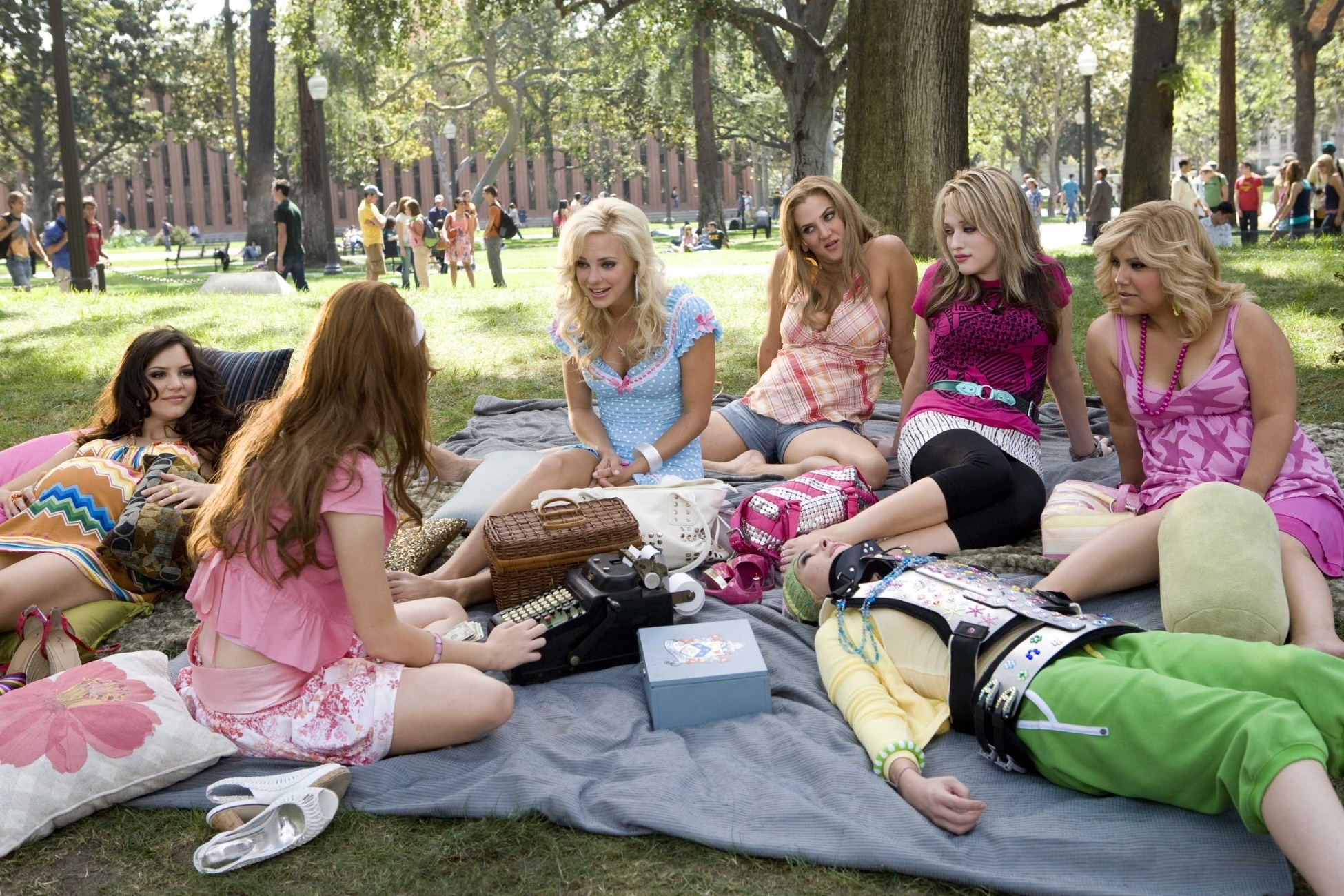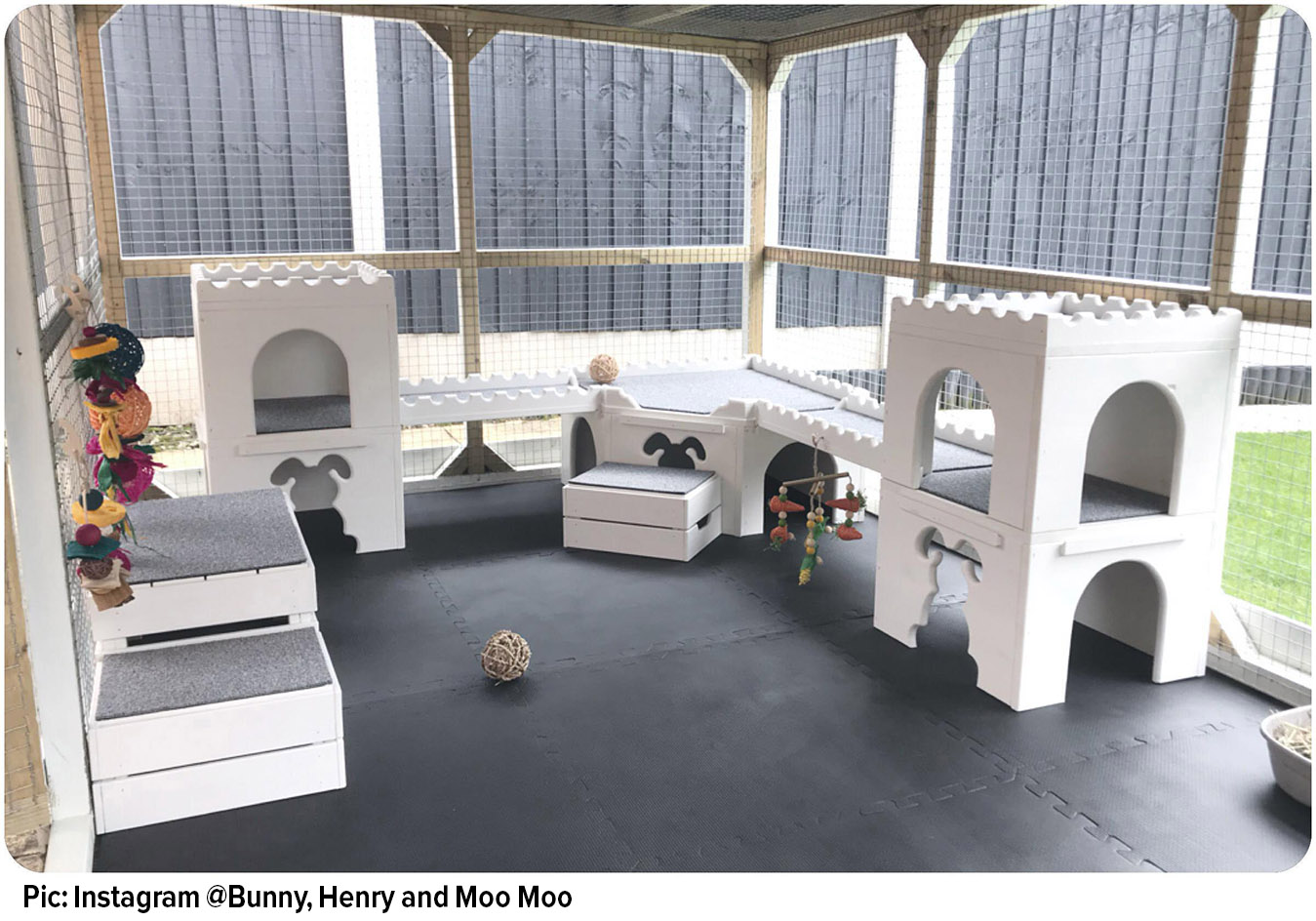
Introduction
Providing a comfortable and secure living space is essential for the wellbeing of your pet rabbit. A bunny house, also known as a rabbit hutch or rabbit cage, serves as their sanctuary, ensuring they have a cozy and safe environment to call home. In this article, we will explore the key factors to consider when creating a bunny house for your furry friend.
Size Matters: Room to Hop and Play

When it comes to bunny houses, size matters! It's important to provide ample space for your rabbit to hop, stretch, and play. A minimum of four to six square feet of living space per rabbit is recommended. The more room they have, the happier and healthier they will be. Consider a multi-level hutch to provide vertical space as well.
Choosing the Right Material

When selecting the material for your bunny house, opt for sturdy and predator-resistant options. Wood and wire mesh combinations are popular choices. Ensure that the wire mesh has small enough gaps to prevent your rabbit from escaping or getting injured.
Designing a Comfortable Interior
A cozy interior is crucial for your rabbit's happiness. Provide soft bedding, such as hay or straw, for them to snuggle and burrow in. Add a litter box filled with rabbit-safe litter to encourage proper hygiene habits. Include hiding spots, tunnels, and toys to stimulate their natural instincts and provide mental stimulation.
Location: Finding the Perfect Spot

Deciding on the ideal location for your bunny house is essential. Choose a spot that offers shade during hot summer months and protection from harsh weather conditions. Keep the hutch elevated to prevent dampness and ensure good airflow. Avoid placing it in direct sunlight or areas with extreme temperature fluctuations.
Security Measures: Protecting Your Bunny

Ensuring the safety of your rabbit is of utmost importance. Protect them from potential predators by reinforcing the hutch with sturdy locks and latches. Regularly inspect the hutch for any gaps or openings that could allow access to unwanted visitors like foxes or rodents. Consider adding a secure run for supervised outdoor playtime.
Maintaining Cleanliness

A clean bunny house is essential for your rabbit's health and wellbeing. Regularly remove soiled bedding and replace it with fresh, clean material. Clean the hutch with a rabbit-safe disinfectant to prevent the buildup of bacteria. Ensure proper ventilation to avoid any unpleasant odors or ammonia buildup.
Feeding and Watering Stations

Designate specific areas within the bunny house for feeding and watering. Use sturdy bowls or containers that are not easily tipped over. Provide fresh water daily and ensure a balanced diet for your rabbit, including hay, fresh vegetables, and rabbit pellets. Avoid giving them any toxic foods like chocolate or onions.
Interaction and Socialization

Rabbits are social animals and thrive on human interaction. Incorporate a door or opening in the hutch design that allows you to interact with your bunny easily. Spend quality time with them outside of the hutch, allowing them to explore and play in a supervised environment. This will strengthen the bond between you and your furry friend.
Conclusion
Creating a comfortable and secure bunny house is essential for the overall wellbeing of your rabbit. By considering factors such as size, material, interior design, location, security, cleanliness, feeding stations, and socialization, you can provide your bunny with a happy and healthy home. Remember to regularly assess and maintain the hutch to ensure your rabbit's ongoing comfort and safety.